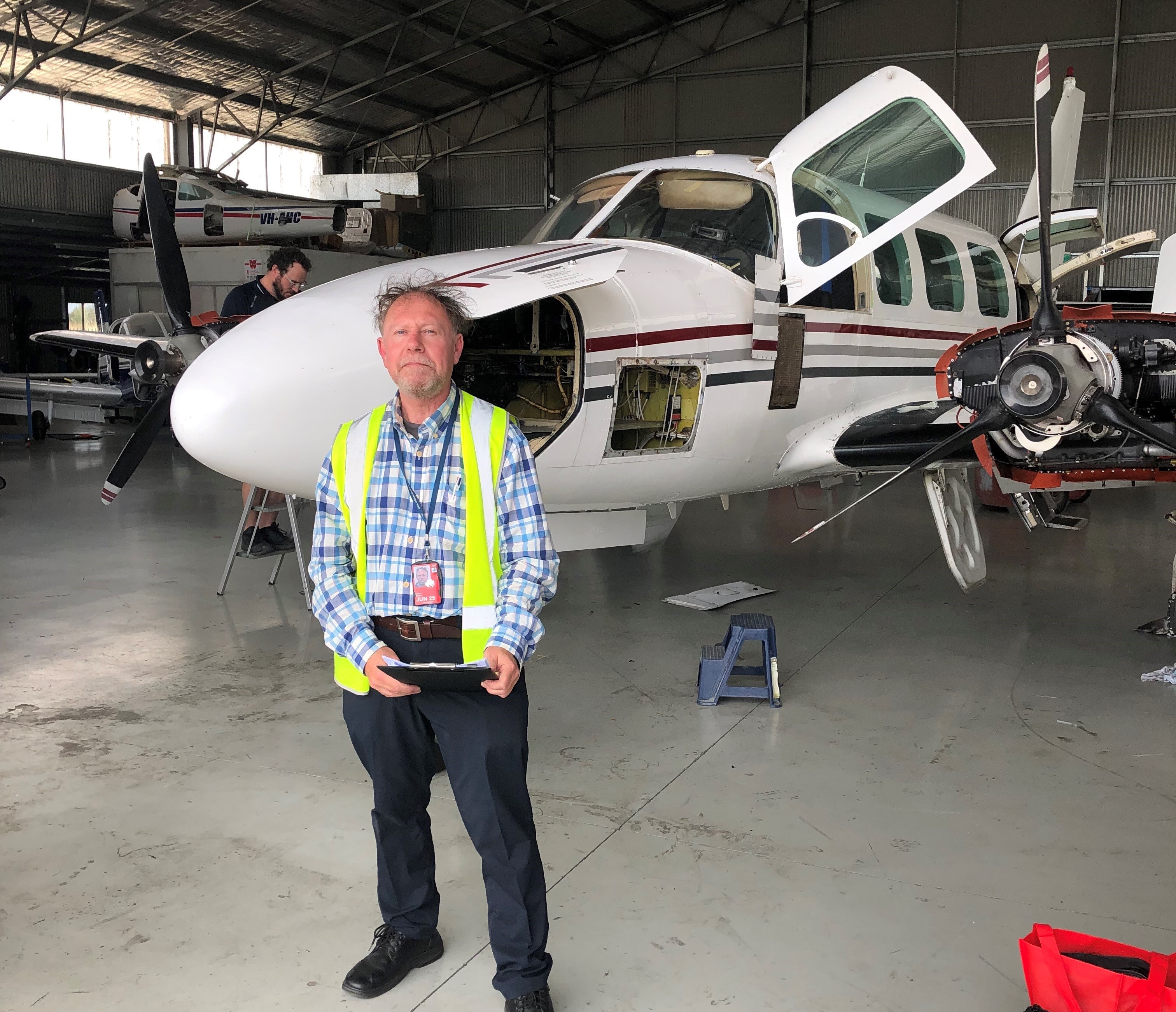Let's examine the status quo: Aircraft are inspected at various intervals for a variety of reasons, most of these reasons are to satisfy regulatory requirements in order to achieve the desired safety outcomes. These inspections include Pilot Pre-Flight Inspections, Scheduled Maintenance Inspections at designated intervals, in accordance with the applicable system of maintenance for the aircraft, which are conducted by duly certified technicians in order to ensure the aircraft is serviceable and defects found during this process are rectified or, in some cases, certain defects can be deferred, if permissible by the applicable system of maintenance.
However, making a decision on purchasing an aircraft has always been coupled with uncertainty.

Let's examine the risks with purchasing a pre-owned aircraft and a process to mitigate the risks.
Firstly, let's define the risks associated with purchasing an aircraft. These risks fall into two categories: Firstly there is a flight safety risk and secondly there is a monetary risk. Monetary risk is often interconnected with flight risk. Let's examine in detail:
Flight safety risk may be due to aircraft defects which were not rectified during scheduled servicing or where unscheduled maintenance has not been actioned to rectify defects. This may occur for a number of reasons, such as component failure which is not identifiable by flight crew during pre-flight inspection, human error, which can lead to engineering non-compliance with an Airworthiness Directives or Service Bulletins issued by the aircraft manufacturer or the regulator. In some instances disregard for due maintenance process, regardless of how minor this may seem within the maintenance environment, can have dire consequences once the aircraft re-enters service, following an unauthorised maintenance procedure.
Monetary risk is the required rectification of aircraft defects upon aircraft acquisition, for which no allowance was made, or limitation of aircraft time in service, which was unknown to the buyer. Examples of such risk are seemingly countless: A common one is where an aircraft type is subject to airframe life limitations. There will not be a record of this within any aircraft documents and is only obtainable via research of regulatory and manufacturer's directives. Needless to say that an aircraft buyer would be bitterly disappointed, if discovering post-acquisition that aircraft time in service is extremely limiting, hindering future commercial plans and operations. Another common item which can be missed by prospective aircraft buyers is the engine times remaining in service. As an example, both aircraft engine hours remaining in service as well as calendar times remaining may apply to conduct of some operations, but not other operations where engine time in service extensions are possible.
Now that we have identified potential risks, let's examine processes we can put in place to mitigate these risks. First and foremost, get professional advice! Prior to committing to purchasing an aircraft, have an inspection carried out by a professional specialising in this field. This will ensure that your prospective purchase will fulfill your needs or steer you away to look at another suitable aircraft. A pre-purchase aircraft inspection is a wise decision.
SAFE LANDINGS TO ALL!
Roman Badov – Head of Aircraft Airworthiness and Maintenance Control
https://eliteairways.com.au/